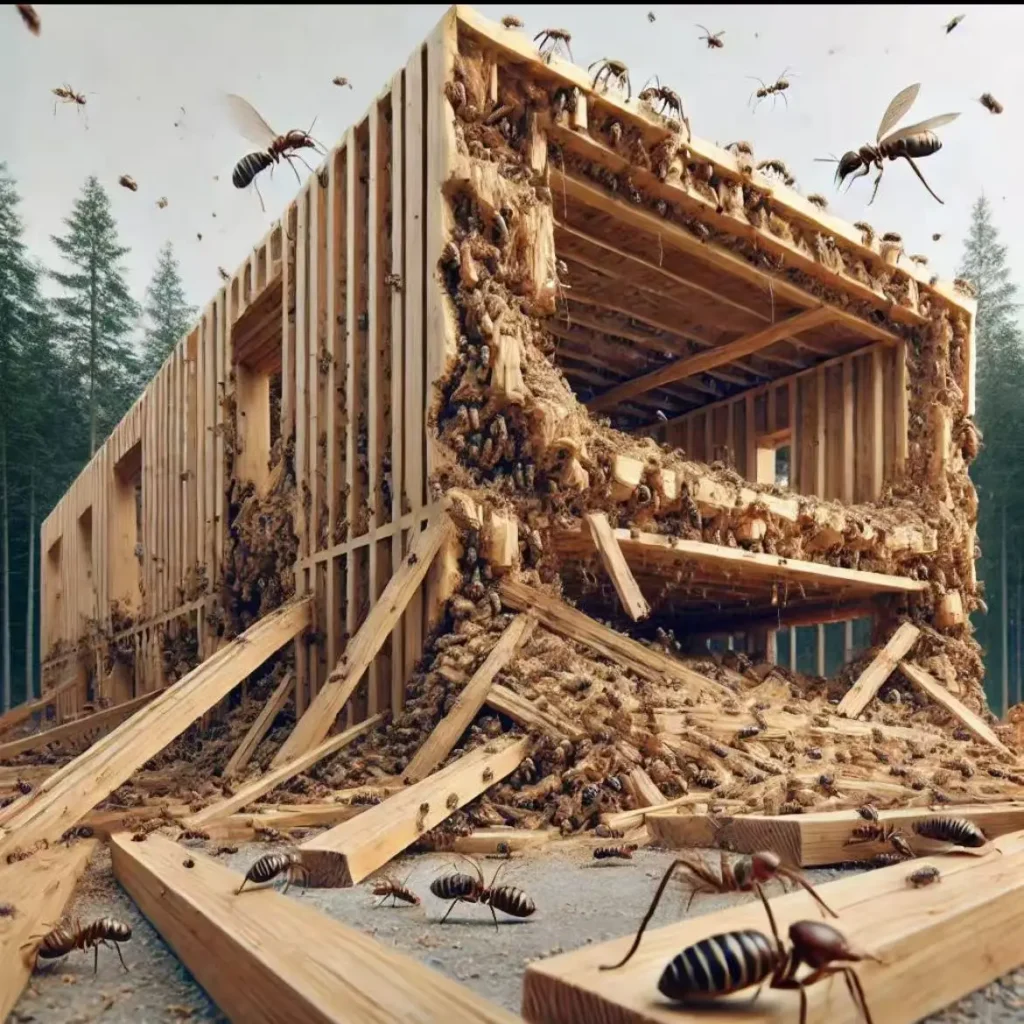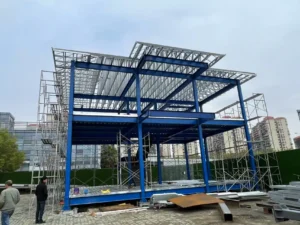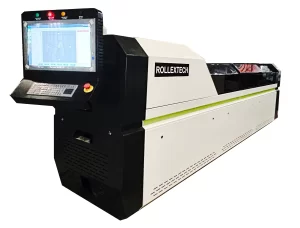
When I see numerous posts about “Mass Timber” structures, I can’t help but wonder: Does Mass Timber really mean using more wood? Literally, the word “Mass” seems to imply “large-scale” or “extensive,” but the reality might not be so straightforward. After all, if someone declares, “We’re going to build a massive timber structure,” it doesn’t sound like they plan to use just a few toothpicks and a popsicle stick, right? Yet, there’s a subtle irony here, like ordering a “jumbo shrimp”—seemingly contradictory but thought-provoking.
Mass Timber is actually promoted as a “more sustainable” way to use wood, claiming to reduce resource consumption and protect the planet. Its core idea is to replace traditional reinforced concrete or steel with engineered wood products (such as cross-laminated timber CLT, glued laminated timber, etc.), thereby lowering carbon emissions during construction. As a renewable resource, wood absorbs carbon dioxide during its growth, giving Mass Timber a theoretical environmental advantage. But when you think about it, isn’t this like saying, “I’m going to drastically reduce carb intake by only eating giant loaves of bread”? While wood is renewable, whether its large-scale use can truly achieve sustainability remains a question worth exploring.

Meanwhile, in the world of cold-formed steel, we can’t help but wonder why we’re not getting the same attention. Steel is 100% recyclable, doesn’t rot, and termites consider it the worst snack ever. It’s like the superhero of construction materials—strong, durable, and never needing to apologize to trees every time we build a house. The strength and durability of steel make it a critical material for high-rise buildings, bridges, and other large-scale infrastructure projects. Additionally, although steel production is energy-intensive, its recyclability and long lifecycle give it a competitive edge in terms of overall environmental impact.

However, proponents of Mass Timber argue that using wood brings warmth and natural aesthetics to buildings while reducing the carbon footprint of construction. The lightweight nature of wood also makes transportation and construction more efficient. Moreover, the design flexibility of Mass Timber structures provides architects with more creative freedom, enabling the creation of unique and environmentally friendly architectural works.
That said, we cannot ignore the potential issues associated with large-scale wood use. Extensive logging could lead to overconsumption of forest resources, disrupting ecological balance. Furthermore, while the fire resistance and durability of wood have been improved through engineering, they may still face challenges in certain extreme environments.

So, the next time you come across a fervent post about Mass Timber, remember: you have other options. Especially if you’re not keen on deforestation or building new condominium complexes for woodpeckers. Cold-formed steel, reinforced concrete, and other innovative materials all play vital roles in the construction industry, each with its unique strengths and applications. When choosing building materials, we need to consider environmental impact, cost-effectiveness, functionality, and aesthetic value holistically, rather than blindly following a single trend.
Ultimately, the future of construction materials should be diverse, combining the advantages of different materials to create more sustainable, efficient, and human-centered built environments. Whether it’s Mass Timber or cold-formed steel, they are both essential components of the construction industry’s journey toward a greener future. The key lies in scientifically balancing resource utilization and environmental protection, contributing to the well-being of both humanity and the planet.




